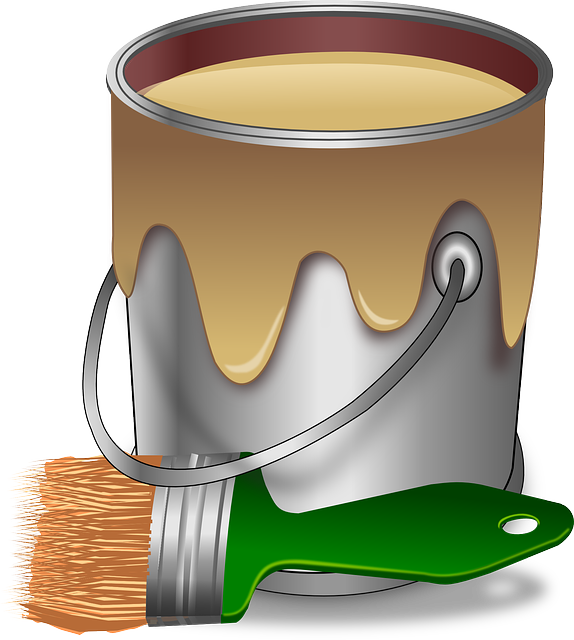
The Painting of an Incinerator
Why painting? And how is painting an incinerator different?
A thing of beauty is a joy forever!
Painting gives protection and improves the look of a machine, a place of residence, a vehicle and so on. In fact many things that we use, be it furniture, automobile, homes, etc. require to be painted with pleasing colours for the above reason.
While painting a machine is mainly to improve its looks, painting an incinerator is not only for looks but also considering its unusual working conditions. The inner temperature of the incinerator hovers around 1000°C. Some of this is bound to transfer to the skin of the machine due to many reasons including heat transfer characteristics of the refractory, etc. There is also the question of external forces like corrosion, dust, etc. Hence there is a strong need to protect the body from heat, atmospheric conditions, etc.
At Haat we give equal importance to preparation of the surface before painting as well as the actual painting. Sharp edges and welding spatters are removed first by grinding and the entire surface is blasted with steel grits, travelling at high pressure in a compressed air path, to a depth of 50 microns minimum. This should conform to SA 2 ½ NACE. The grits used should be free of rust, dust and foreign particles. The blasted surface is checked with a calibrated profile depth gauge at random locations to determine depth of the surface.
What the blasting does is not only to clean the surface thoroughly and rid the same of dust and rust, but also increase the surface area for the paint. This means we use more paint on a surface when it is blasted than on an unblasted surface.
Within four hours of blasting, a primer coat of paint is applied to a minimum of 60 microns thickness. This is a standard we follow, when there is no specific requirement from the customer. Where the customer specifies the thickness, obviously this will be followed. The primer itself is a heat resistant paint. The reason for this is normal primers used below a heat resistant final coat will result in failure of the entire coating.
Depending on the project specifications, there may be an intermediate coat which can be 60 to 100 microns thickness.
There will be a time gap between finishing the primer and starting the intermediate coat, which may vary between 12 to 24 hours.
Again, after a lapse of 12 to 24 hours, the final coat is applied. The choice of the final coat paint is generally left to us, but in some cases the users specify what they want. This could be a particular brand or a grade (like marine) or temperature resistant. The thickness again is dependent on the specification but a minimum of 60 microns is generally given.
The colour of final coat depends on the application and choice of the user. The standard followed by us is the colour code as per IS 2379:
Sky blue - Air line
Gases - Yellow
Alkalis - Smoke Grey
Other liquids - Black
Hydrocarbon -Dark Grey
All 3 coats are measured for wet film thickness as well as dry film thickness using a calibrated coating thickness meter.
The entire process of preparation and painting is captured in our daily log and is available to inspectors and customers for review.
Our painters are qualified and experienced and they are supervised by a team of Quality Control Engineers with experience and painting validation done every year.
Haat determines what is best for the user while choosing the paint. However it does not preclude customer`s specific requirement.
The results of this meticulous exercise are as follows:
1. Excellent look for the machine
2. Protection from the forces of nature
3. Temperature resistance to the body
4. Long paint life
5. Long equipment life
6. Frequency of repainting is less
No wonder, therefore, many of our incinerator systems are functioning for a long time without the need for frequent re-painting.


